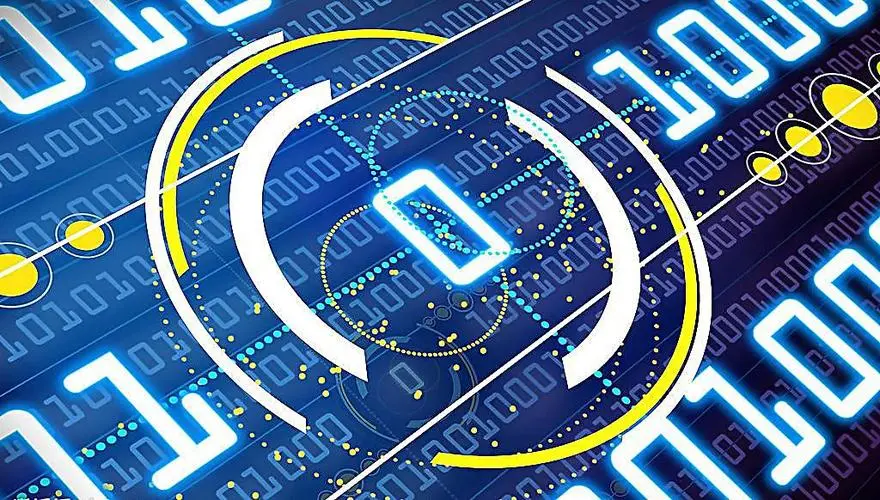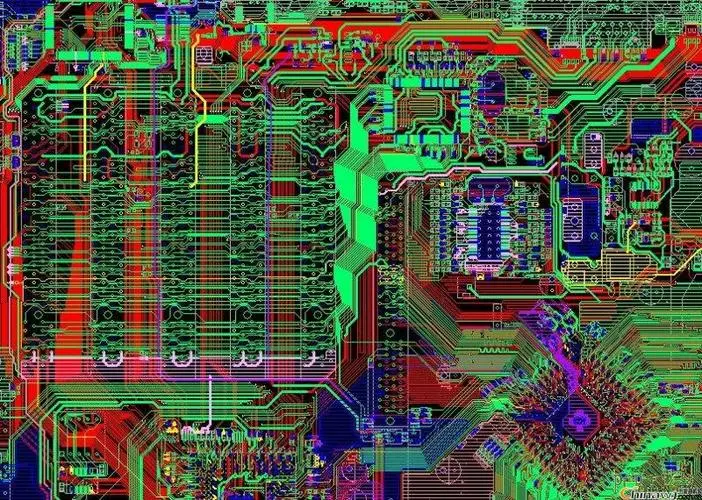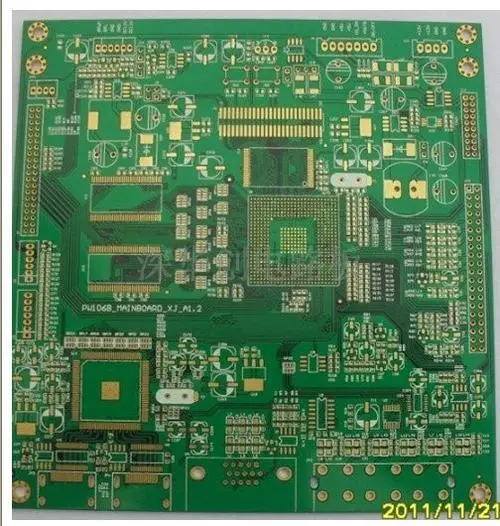
Some simple common rules of PCB, you must see!
How to use micro PCB coil as inductive sensor?
Click the red letter above to see
Combustion performance, also known as flame retardancy, self extinguishing, fire resistance, fire resistance, flammability, etc., is the main index to evaluate the anti combustion performance of materials.
Ignite the combustible material sample with a flame that meets the requirements, and extinguish it at the specified time. According to the burning degree of the sample, it is divided into three grades, namely, FH1, FH2, FH3, and vertically placed into three grades, namely, FV0, FV1, and VF2.
Solid state PCB board can be divided into HB board and V0 board.
High flame retardant steel plate, mostly used for single-sided steel plate,

High flame retardant VO boards are mostly used for double-layer boards and multilayer PCB boards.
This type of PCB meets the requirements of V-1 fire rating and can be made into FR-4 board.
The circuit board must be flame resistant and can not be burned at a certain temperature, but can only be softened. This point is called the glass transition temperature (Tg point), which is related to the dimensional stability of PCB.
What are the advantages of high TgPCB? How to use high TgPCB?
When the temperature rises to a certain range, the substrate of the high Tg printed board will change from "glass state" to "rubber state", and the temperature at this time is called the glass transition temperature (Tg) of the board. This means that Tg is the highest temperature at which the substrate remains rigid.
What are the specific models of circuit boards?
According to the grade from low to high, it is divided as follows:
-94VO-22F-CEM-1-CEM-3-FR-4。
Details are as follows:
: Ordinary cardboard, non fire-resistant (low-grade material, molded hole, cannot be used as power board
: Fireproof cardboard (die stamping
: one-sided half fiberglass board (mold
: Single side fiberglass board (computer must be used for punching, and die cannot be used
Double sided semi fiberglass board (except for double-sided cardboard, it is the lowest grade material of double-sided board, simple).
Double layer PCB can also be used, which is 5~10 yuan/m2 cheaper than FR-4
: Double sided fiberglass board.
The circuit board must be flame resistant and can not be burned at a certain temperature, but can only be softened. This point is called the glass transition temperature (Tg point), which is related to the dimensional stability of PCB.
Advantages of High Tg PCB and High Tg PCB When the temperature of high Tg PCB rises to a certain range, the substrate will change from "glass state" to "rubber state".
The temperature at this time is called glass transition temperature (Tg). This means that Tg is the highest temperature (℃) at which the substrate remains rigid. That is to say, under high temperature, ordinary PCB substrate will not only produce softening, deformation, melting and other phenomena, but also show a sharp decline in mechanical and electrical properties (I don't think you would like to see the classification of pcb boards in their own products).
The thickness of ordinary thin plate is more than 130 degrees, the thickness of high thin plate is more than 170 degrees, and the thickness of medium thin plate is about 150 degrees.
The temperature of printed circuit board is usually Tg ≥ 170 ℃, which is called high Tg printed circuit board.
The heat resistance, moisture resistance, chemical resistance, stability resistance and other properties of printed boards have been significantly improved. The greater the thermogravimetry is, the better the temperature resistance of the board will be. Especially in the lead-free production process, high thermogravimetry is used more.
High heat refers to high heat resistance. In the electronic industry represented by computers, with the rapid development of electronic technology, people are more and more inclined to functionalization and multi-layer, and the high heat resistance of PCB substrate material is an important guarantee for its development. With the emergence and development of high-density mounting technology represented by SMT and CMT, PCB becomes more and more dependent on the support of high heat resistant substrate in terms of small aperture, thin line and thin type.
Therefore, the difference between ordinary FR-4 and high TgFR-4 is that they are in a hot state, especially after moisture absorption.
During heat treatment, the mechanical strength, dimensional stability, adhesiveness, water absorption, thermal cracking and expansion properties of the materials are different. High density products are obviously superior to ordinary PCB substrates.
In recent years, the number of customers demanding to produce high specification printed boards has increased year by year.
With the development and progress of electronic technology, new requirements are put forward for the substrate materials of printed boards, thus promoting the continuous development of the standards for copper clad laminates









